The Dissolved Oxygen Meter
Dissolved oxygen (DO) is a measure of the amount of dissolved oxygen in a system / medium. Measurements are often taken on water samples using a DO probe and meter. When conducting dissolved oxygen testing in the field or laboratory, it is important to consider what type of dissolved oxygen technology is right for you. Today's analytical instruments predominantly use two types of dissolved oxygen sensors: electrochemical and optical.
Electrochemical sensors include both galvanic and polarographic types. A thin, permeable membrane gas isolates the sensor elements from water. The oxygen that passes through the membrane is reduced, creating a current that the meter converts into a measurement of oxygen concentration. Although electrochemical sensors are initially less expensive, they require frequent maintenance and depend on a constant sample flow for an accurate reading (since they consume the oxygen that permeates through the membrane).
Optical sensors are the other type of common dissolved oxygen sensor measured under the principle of fluorescence quenching. A luminophore that is part of the membrane is excited with the light of a blue LED, emitting in turn a red light. Dissolved oxygen in the sample 'turns off' this excitation.
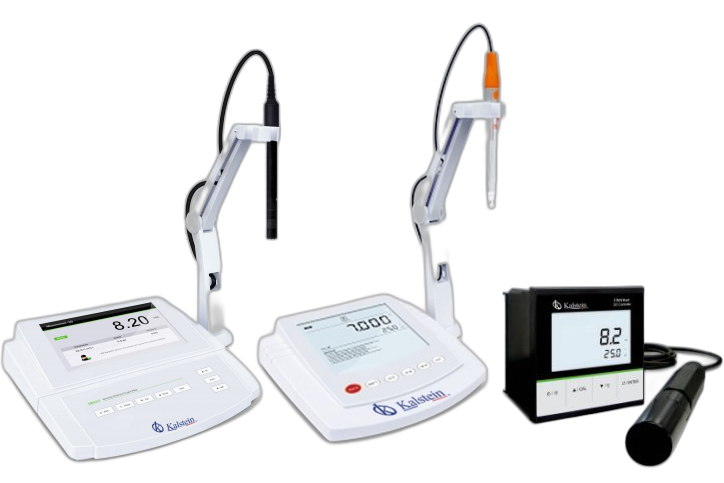
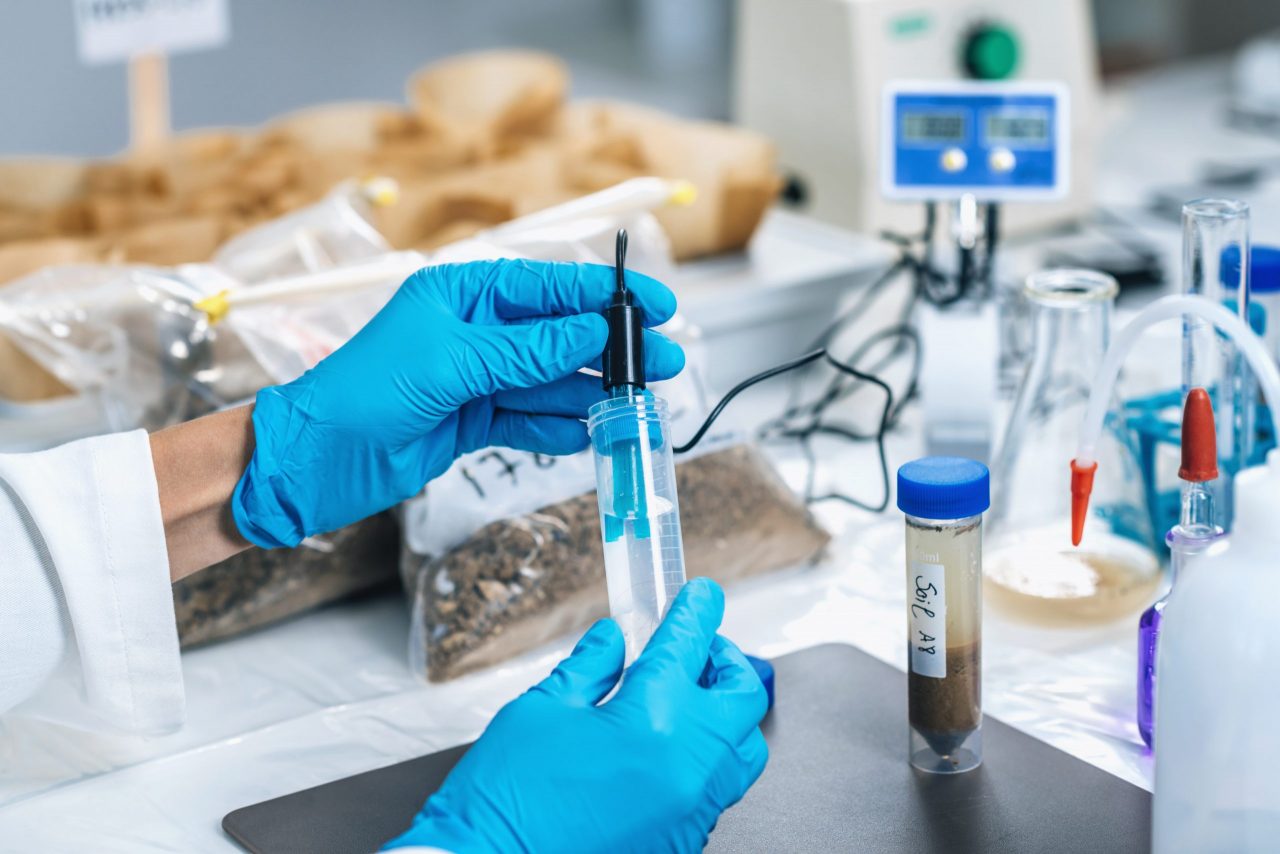
pH meter vs. Dissolved oxygen meter
PH is the unit of measurement that describes the degree of acidity or alkalinity and is measured on a scale ranging from 0 to 14. An approximate indication of pH can be obtained using pH indicators or tapes, which change color depending on the variation of the pH level. But these indicators have limitations in terms of accuracy and can be difficult to interpret correctly in dark or colorful samples.
A pH meter is an instrument used to measure the acidity or alkalinity of a solution. The quantitative information given by the pH value expresses the degree of acidity of an acid or a base in terms of the activity of the hydrogen ions.
You should keep in mind that more accurate measurements are obtained using a pH meter. The measurement system is made up of three parts: a pH measurement electrode, a reference electrode, and a high input impedance meter. The pH electrode can be considered as if it were a battery, with a voltage that varies according to the pH of the measured solution. The electrode that measures pH is a glass bulb sensitive to hydrogen ions, with an output in millivolts that varies according to changes in the relative concentration of hydrogen ions inside and outside the bulb.
pH meter: technology and accuracy
after temperature. The determination of pH has a wide field of application: research, industry, teaching, among others. In laboratories where it is relevant to know the potential of hydrogen, a pH measurement equipment will always be found as a primary instrument.
For the correct measurement of this parameter, it is necessary to select the optimal laboratory equipment, therefore it is very important to take into account the following aspects:
Measurement equipment.
Type and quantity of sample to analyze.
Electrode selection.
Reagents necessary for the calibration of the equipment (buffer solution).
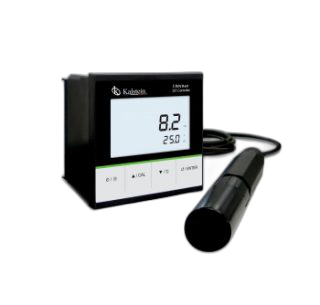
Our best-selling Dissolved Oxygen Meter
• The inexpensive online dissolved oxygen controller is equipped with a polarographic sensor.
• 1 or 2 point calibration using air saturated water or zero oxygen solution.
• Salinity and barometric pressure compensations eliminate measurement error.
• Automatic temperature compensation ensures accurate readings throughout the range.
Types of Laboratory Meters:
Product categories to select
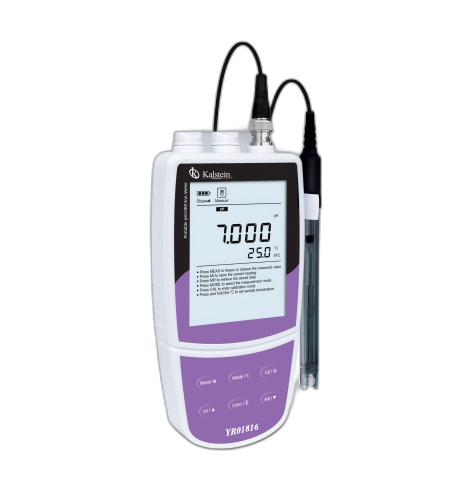
Ion meter

Turbidity Meter
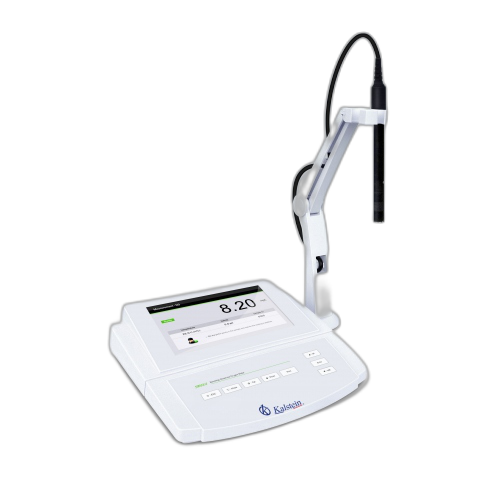
Conductivity Meters
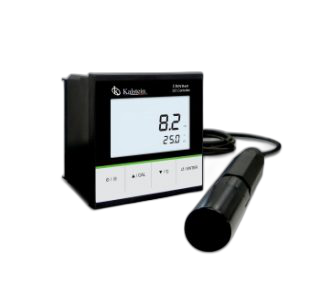
Dissolved oxygen meters
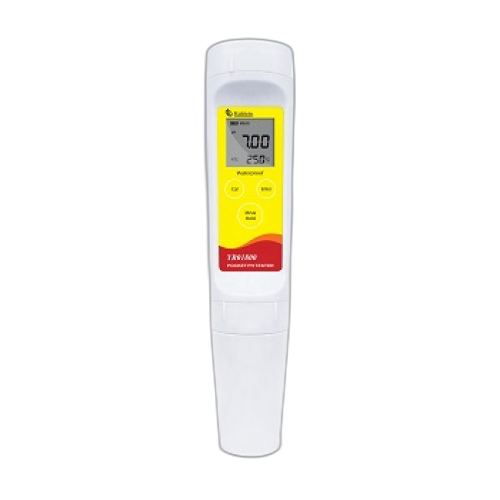
PH meter
The pH meter is an instrument used to measure the acidity or alkalinity of a solution, also called pH. PH is the unit of measurement that describes the degree of acidity.
At Kalstein you can get your ideal laboratory meter
At Kalstein we have an excellent range of laboratory meters. That is why we invite you to see our product section in the menu.
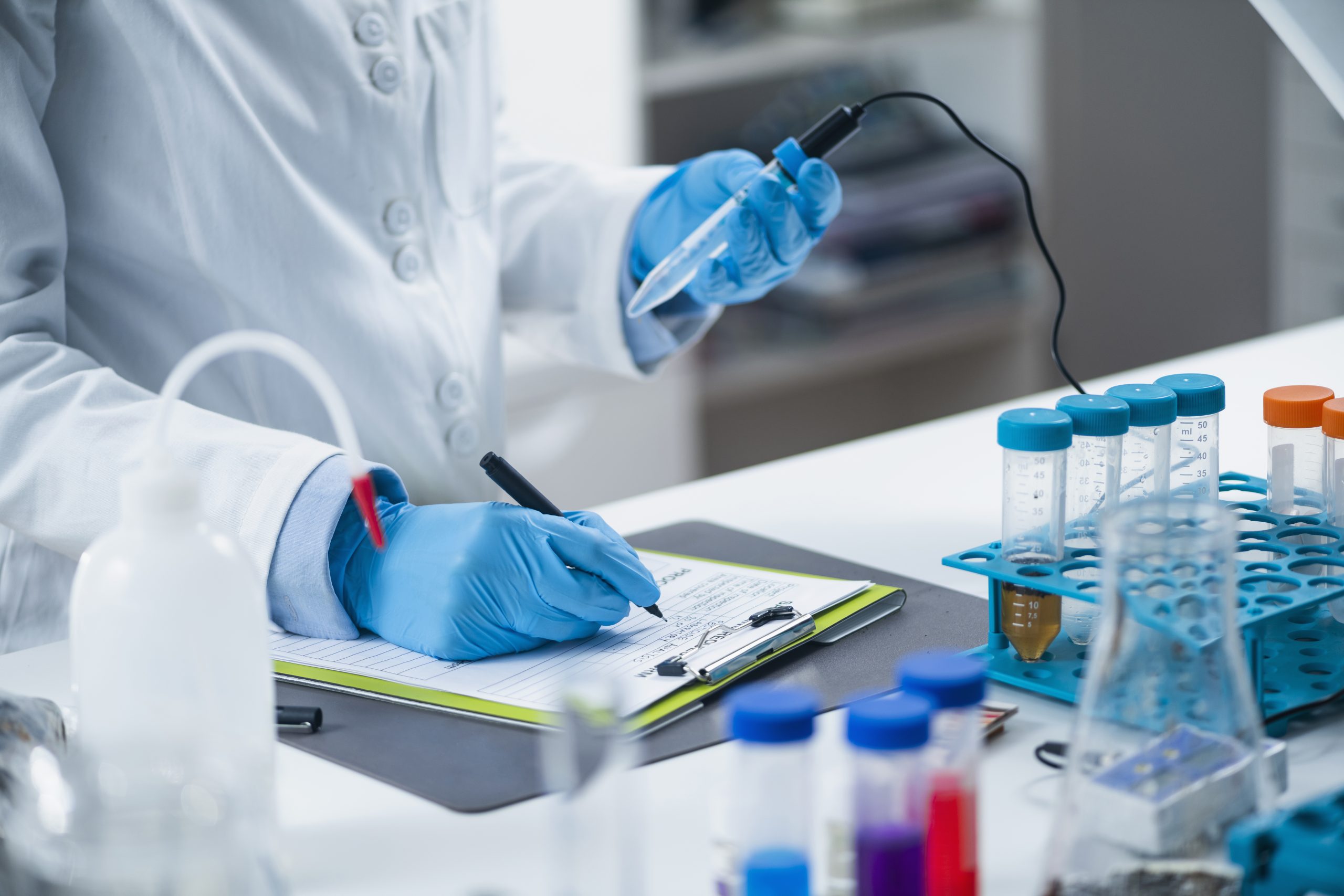
Always read the instruction manual before use. We must not forget that although the instructions can be boring, they will generally answer the doubts we have about the correct use and care of the pH.
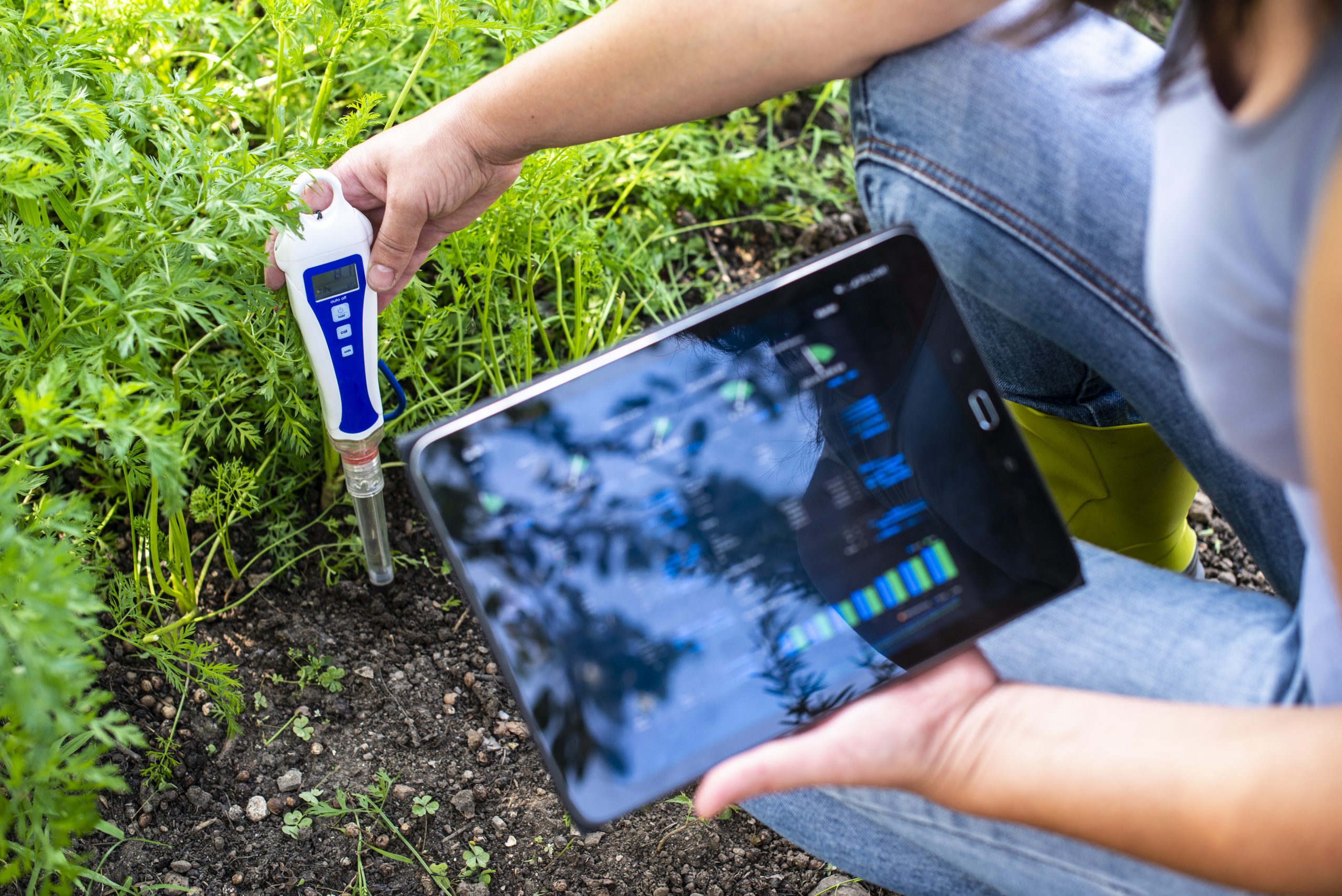
Always make sure the pH meter has been calibrated correctly, always move the pH meter in the water or solution to remove air bubbles
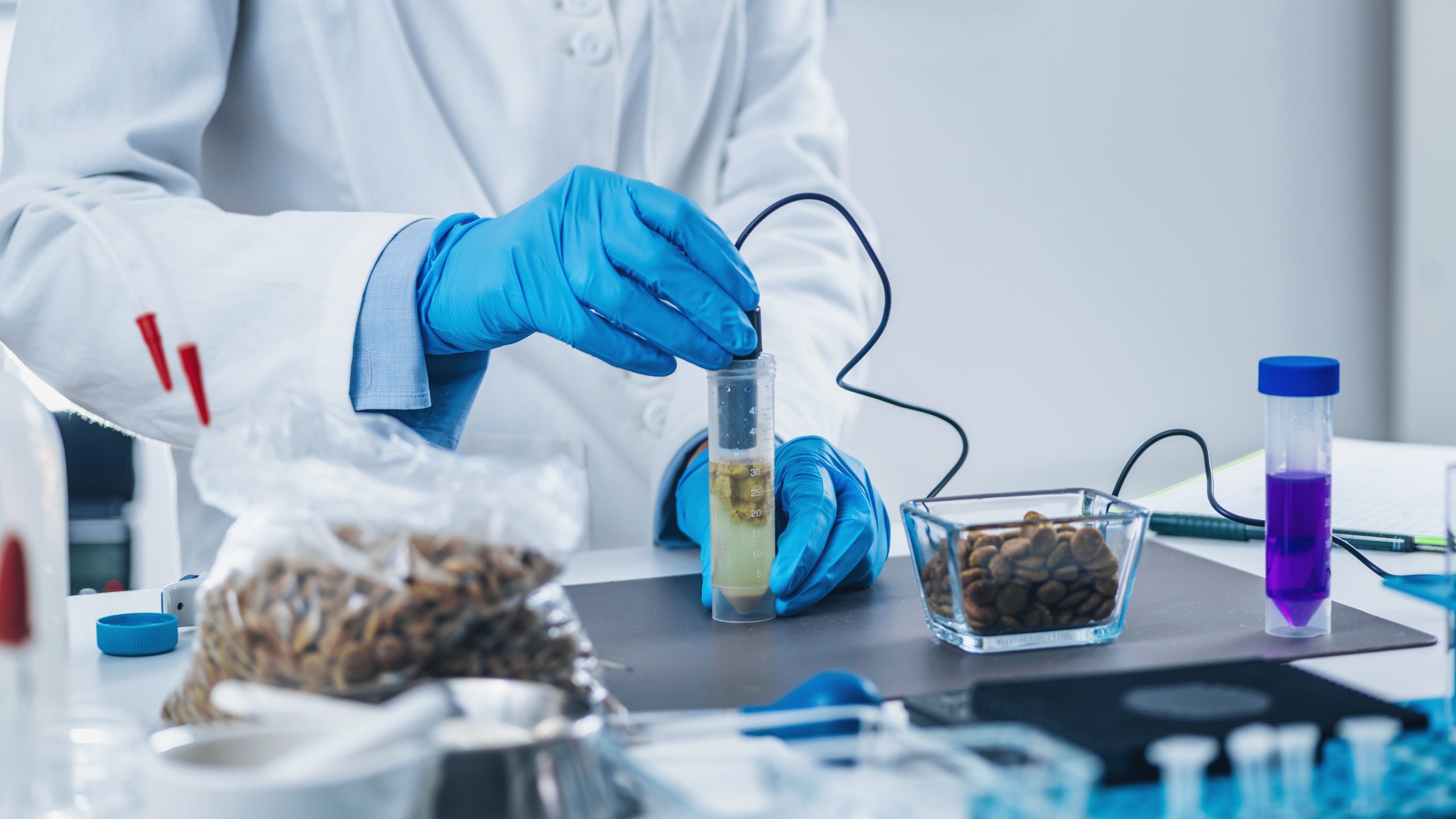
If your handheld meter includes a storage solution in the cap, store it in an upright position for the most efficient saturation.
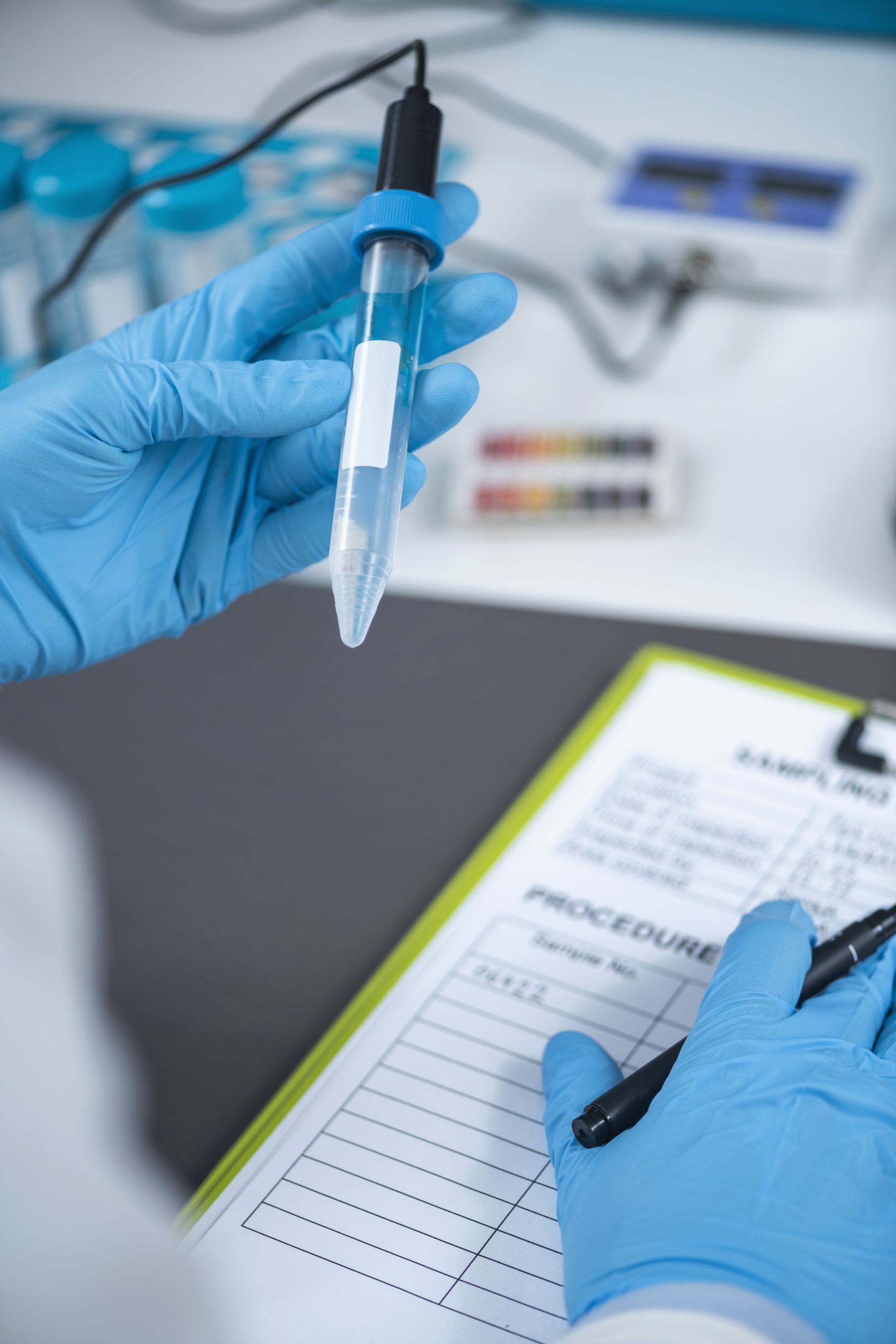
Never touch a sensor electrode or reference cell with your fingers - oil from your skin affects readings and can permanently damage the pH sensor. Clean the electrode with the cleaning solutions created for this purpose.
UPDATE KALSTEIN =
What is your ideal lab meter?
There are countless models, so it is normal that you do not know which laboratory meter to buy that suits your needs. At Kalstein, we test them to find what you're looking for.
What is a pH meter and what does it work for?
A pH meter or pH meter is a scientific instrument that measures the activity of the hydrogen ion in aqueous solutions, indicating its degree of acidity or alkalinity expressed as pH. The pH meter measures the difference of ...
Considerations for Care and Calibration
If, in addition to the corresponding calibrations, we carry out proper maintenance of the meter's electrode, we will ensure a longer life and more accurate results in each measurement. Many meters incorporate glass and tube sensors ...
pH meters and multiparameters / turbidimeters
A pH meter is a scientific instrument that measures the activity of ionic hydrogen in aqueous solutions, indicating its degree of acidity or alkalinity expressed in the form of pH. The PH meter measures the difference in electrical potential between a ...
pH meter vs. Dissolved oxygen meter
PH is the unit of measurement that describes the degree of acidity or alkalinity and is measured on a scale ranging from 0 to 14. An approximate indication of pH can be obtained using pH indicators or tapes, which change color depending on the variation of the pH level. But these indicators have limitations in terms of accuracy and can be difficult to interpret correctly in dark or colorful samples.
Dissolved Oxygen Meters on Offer:
Contact us for pricing and logistics.
If you need a quote, have a question about any product and / or want to clarify any doubts, please contact us.
